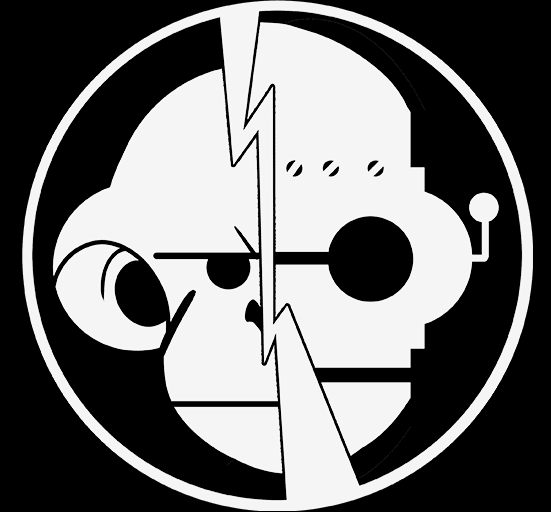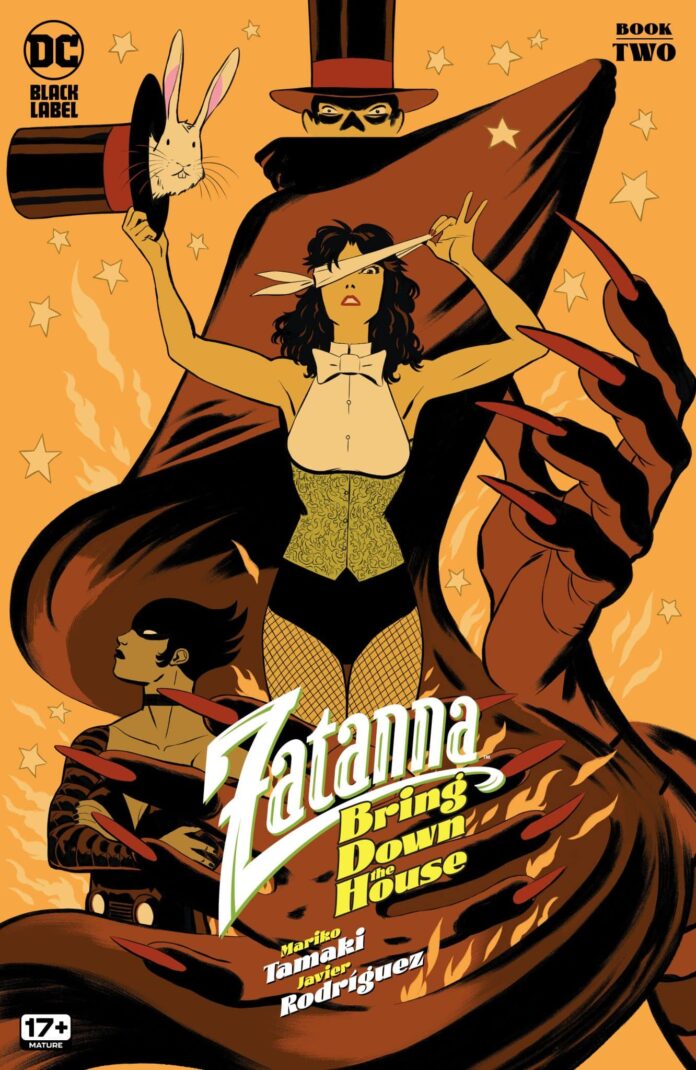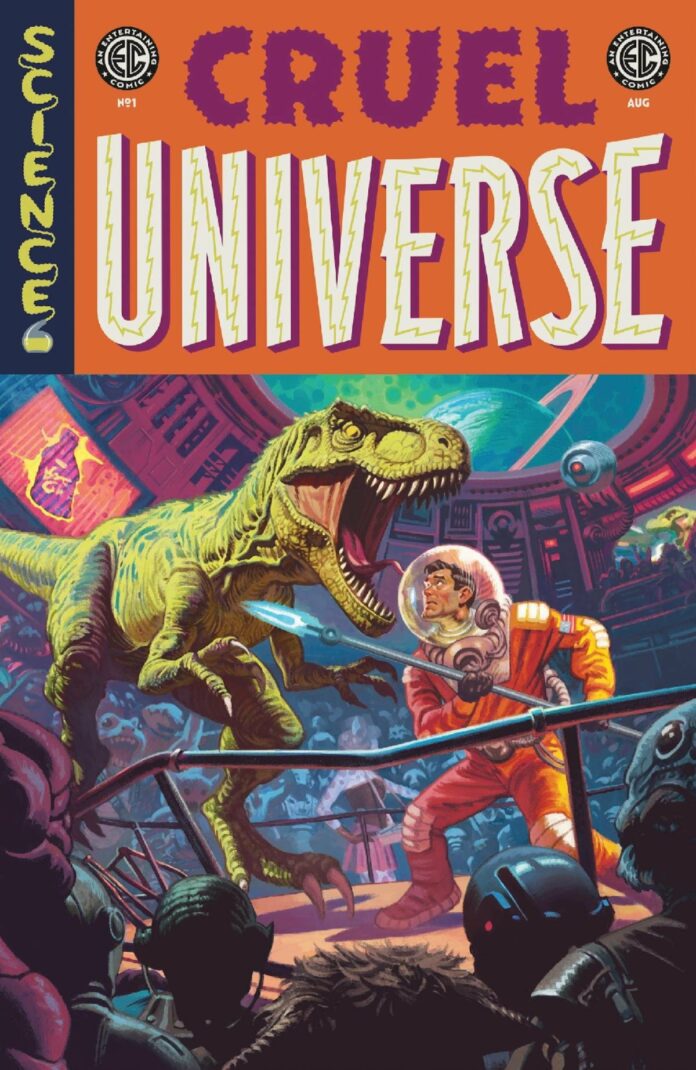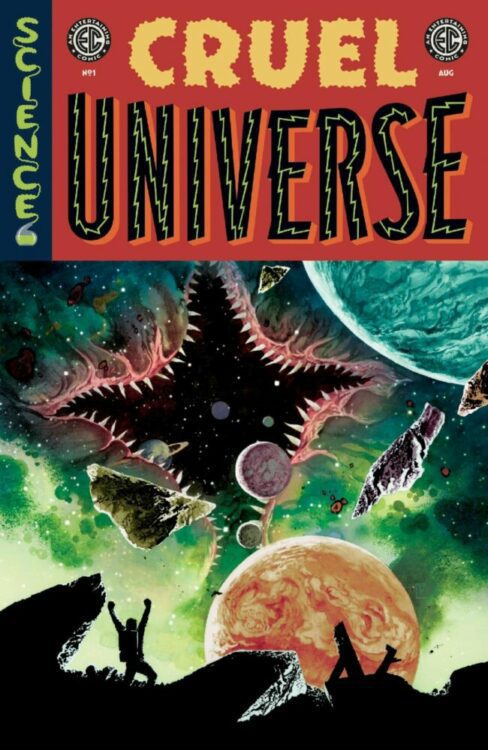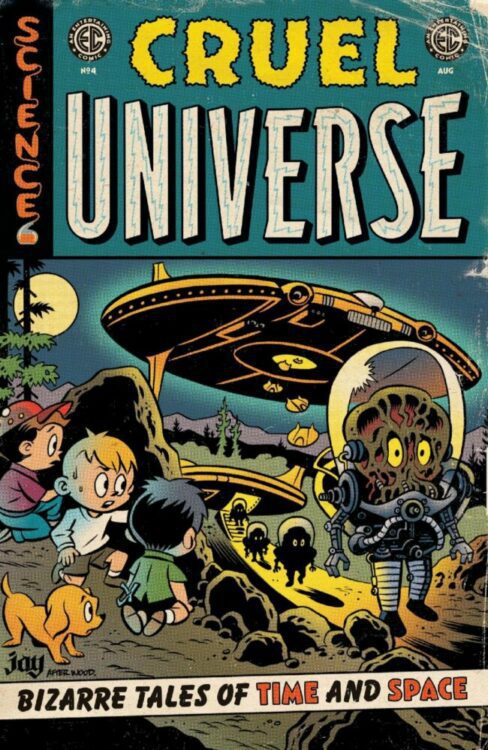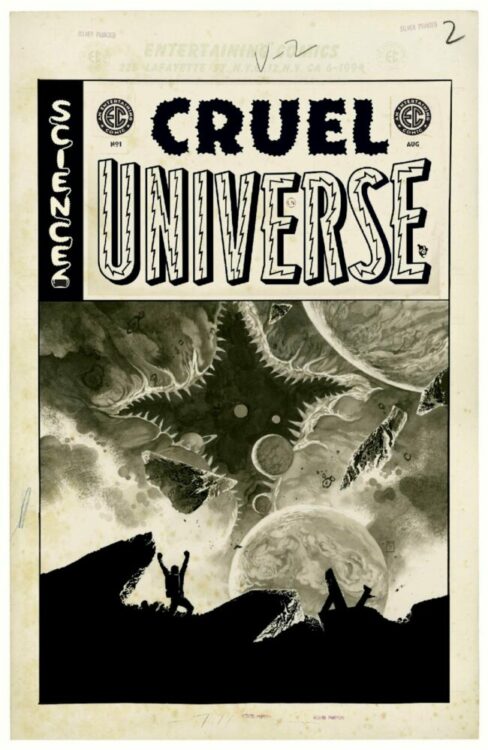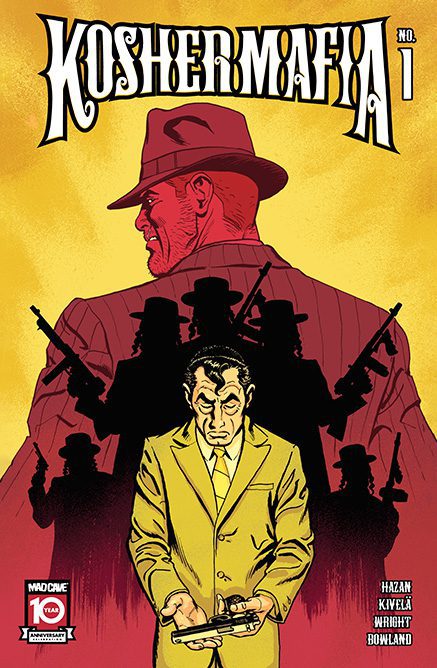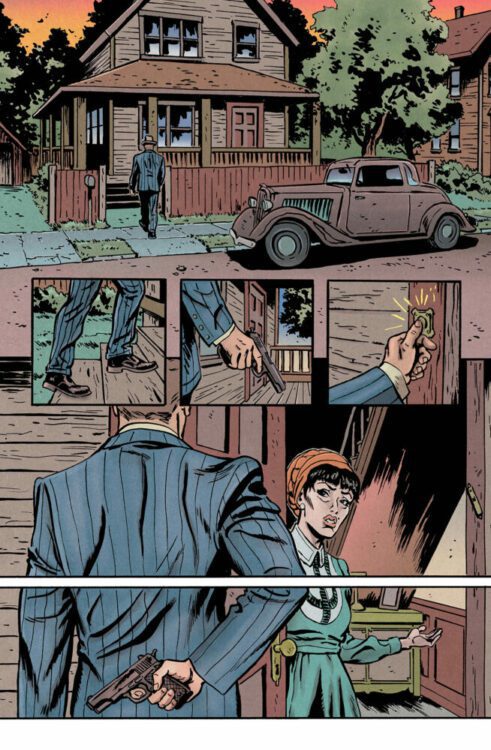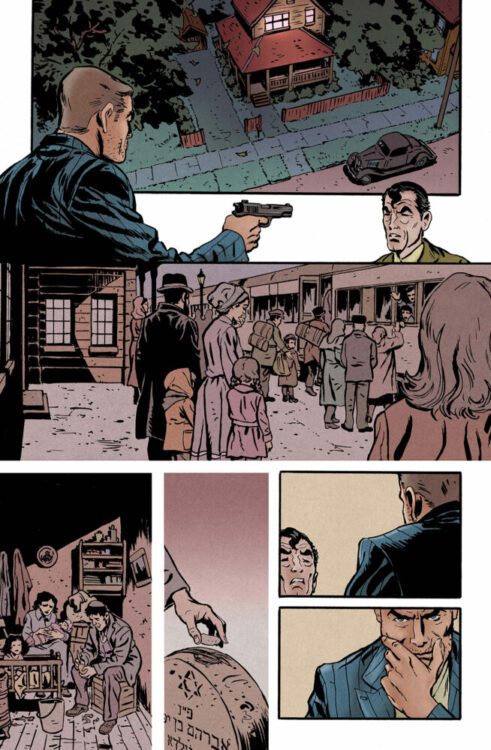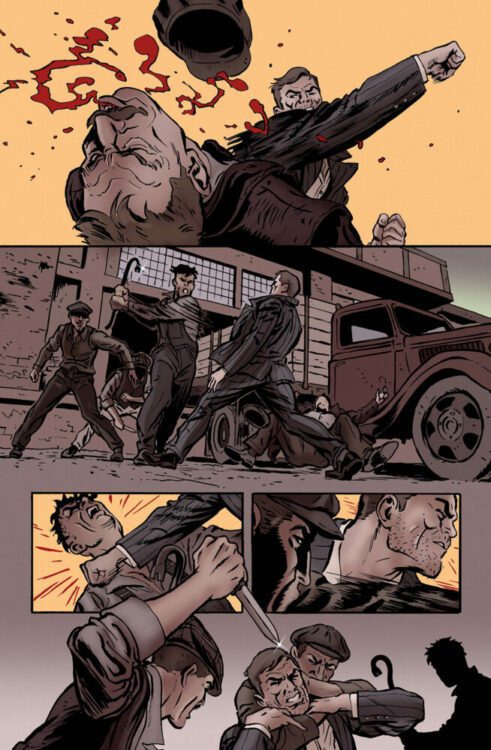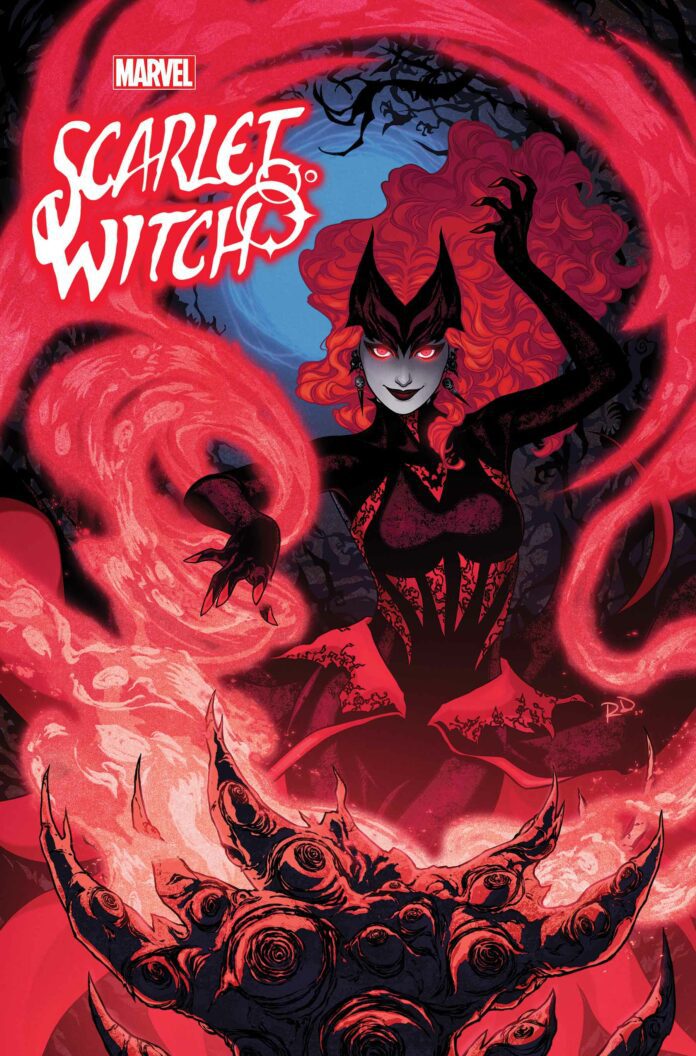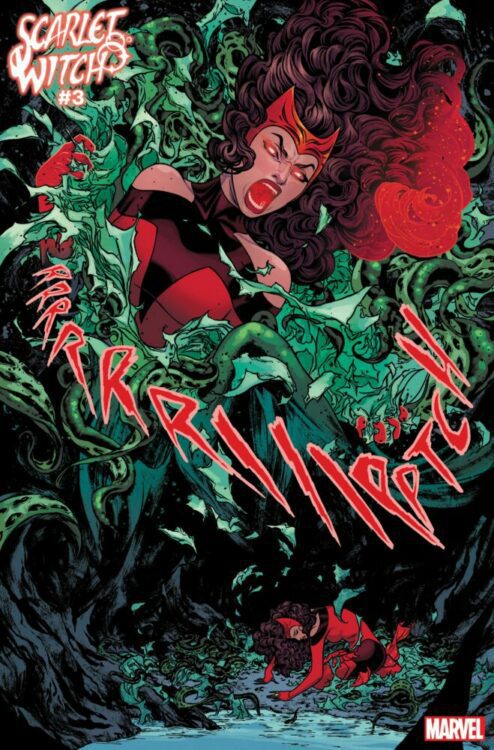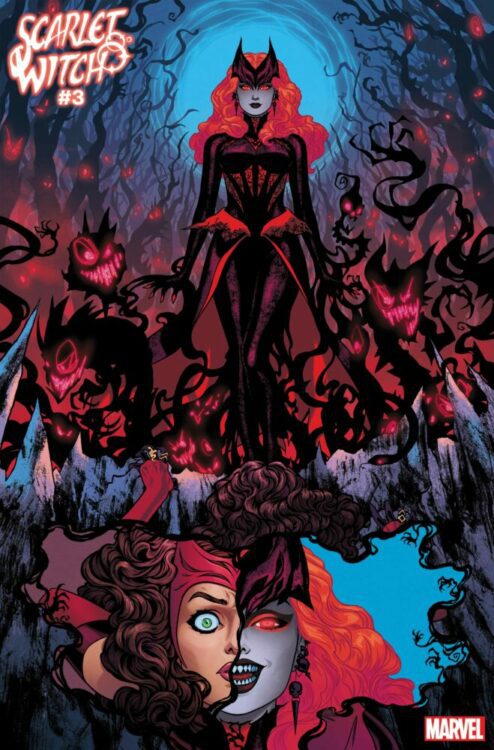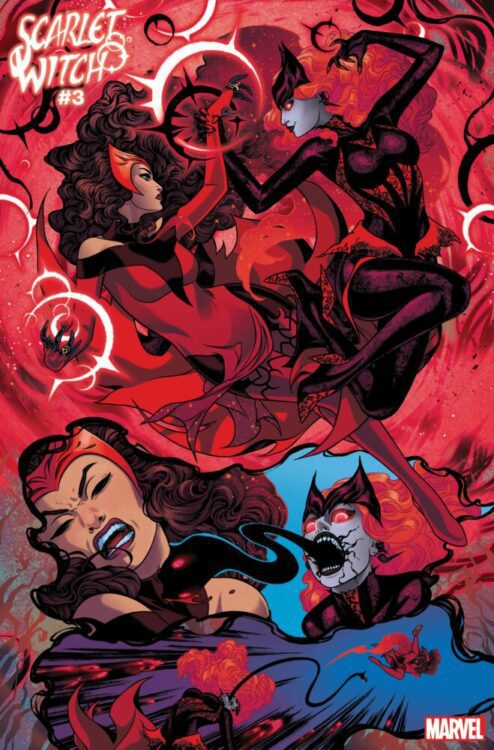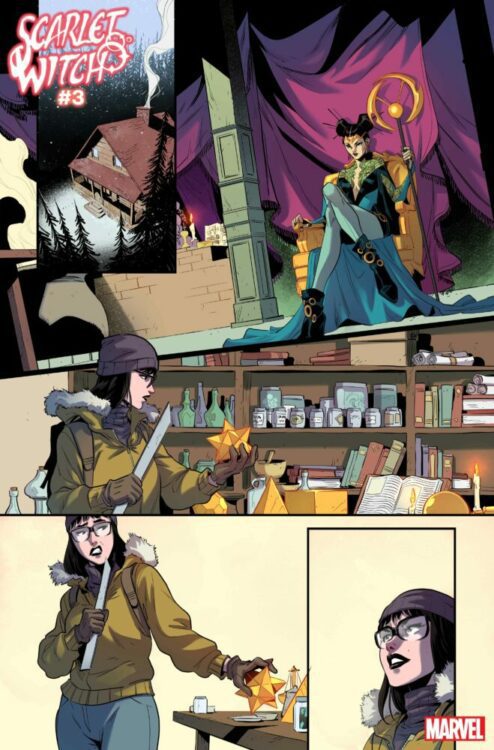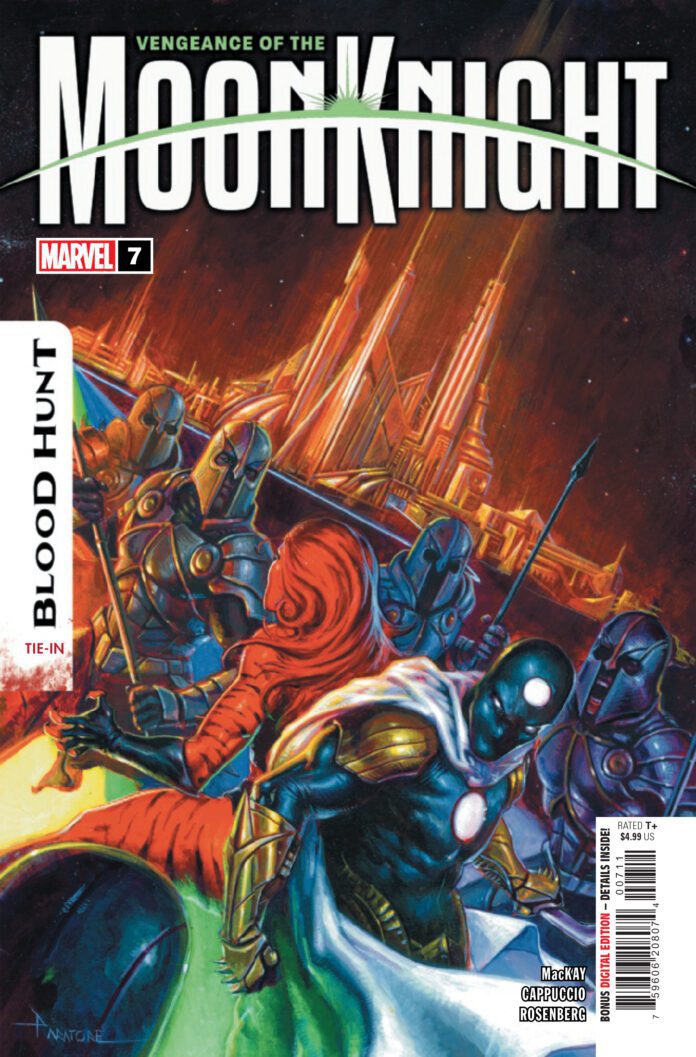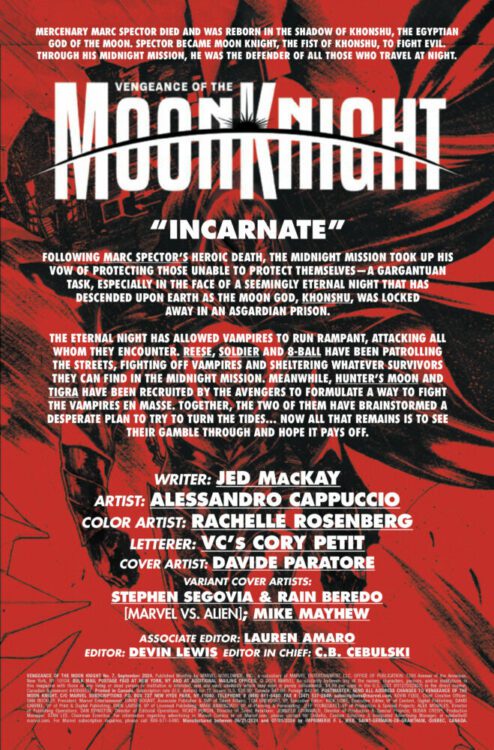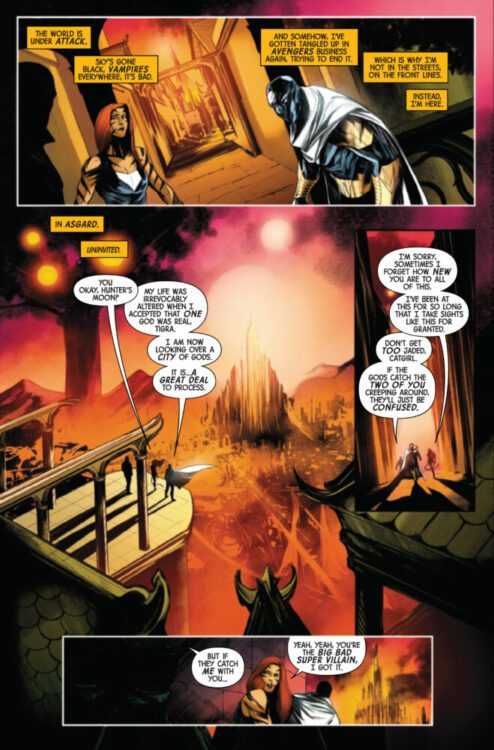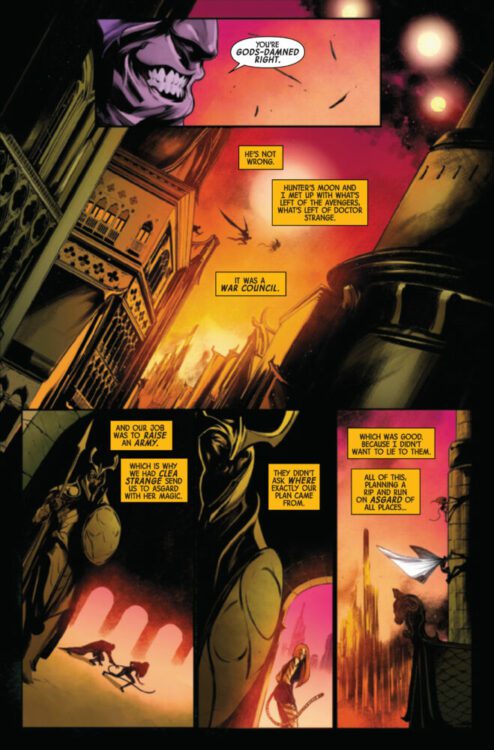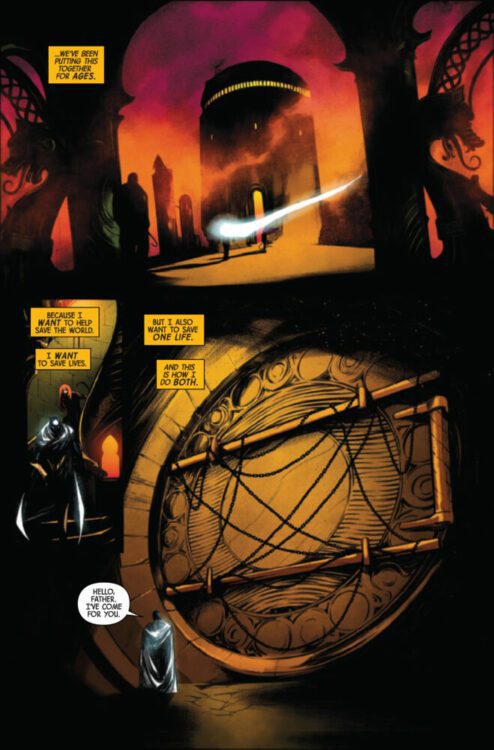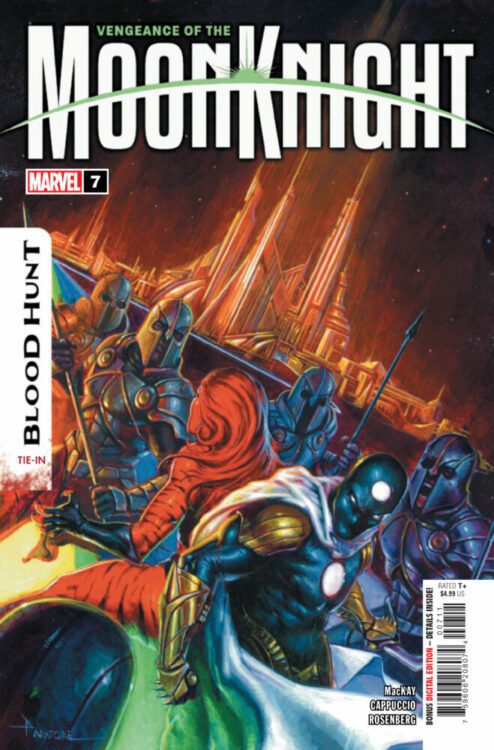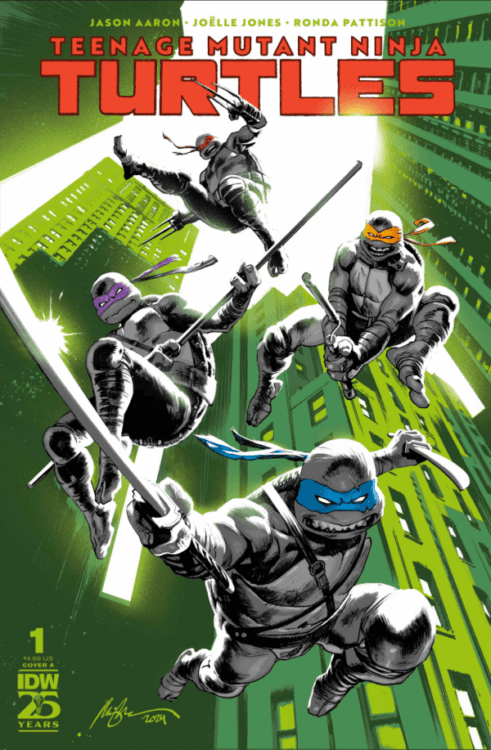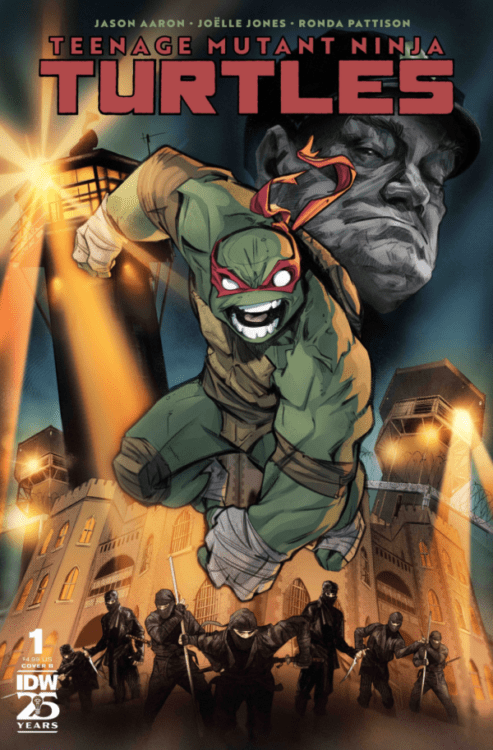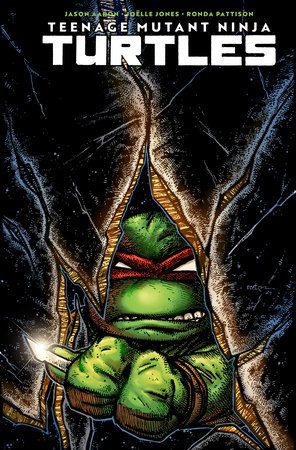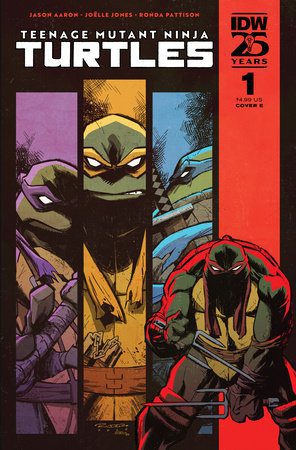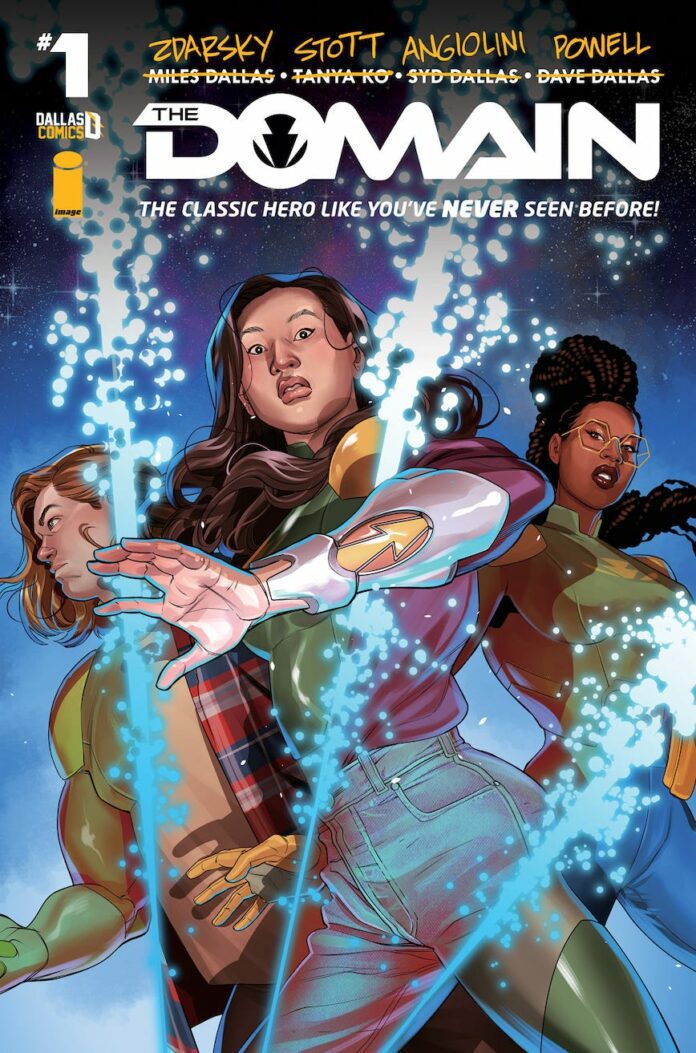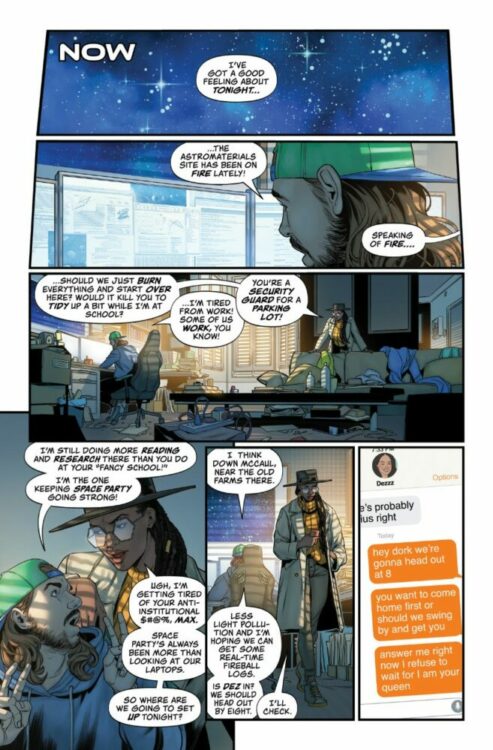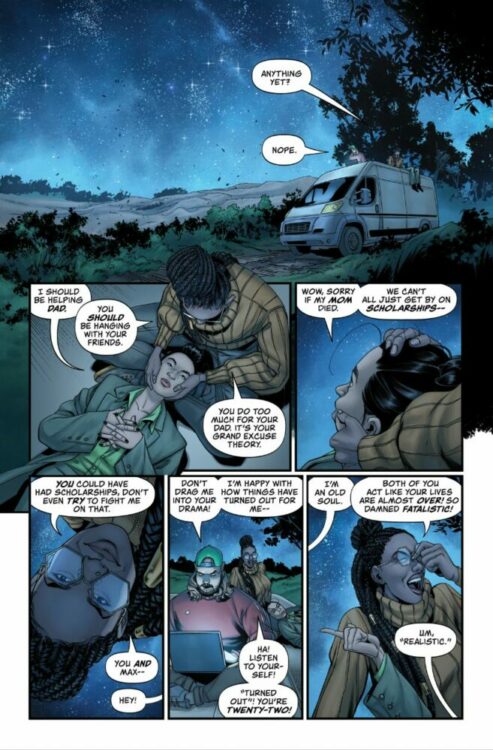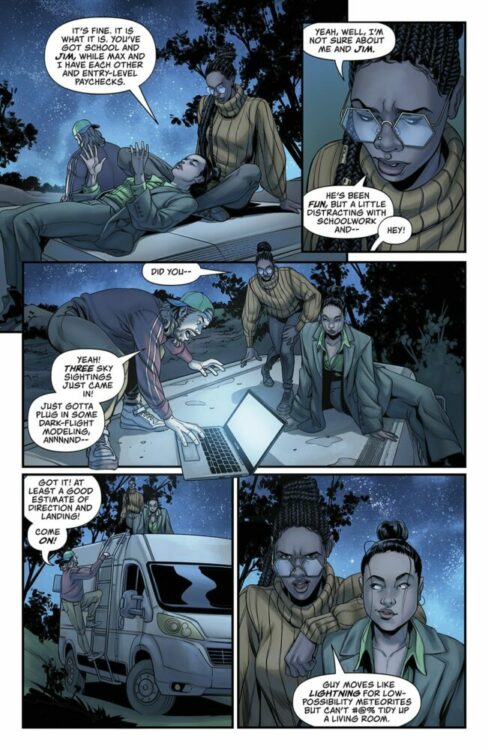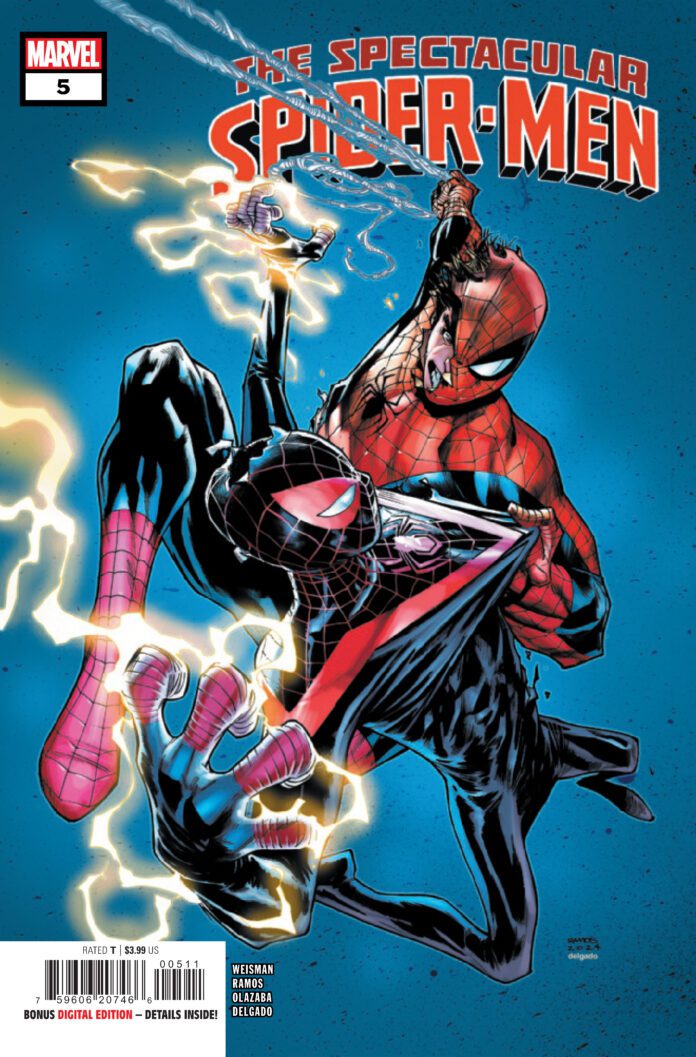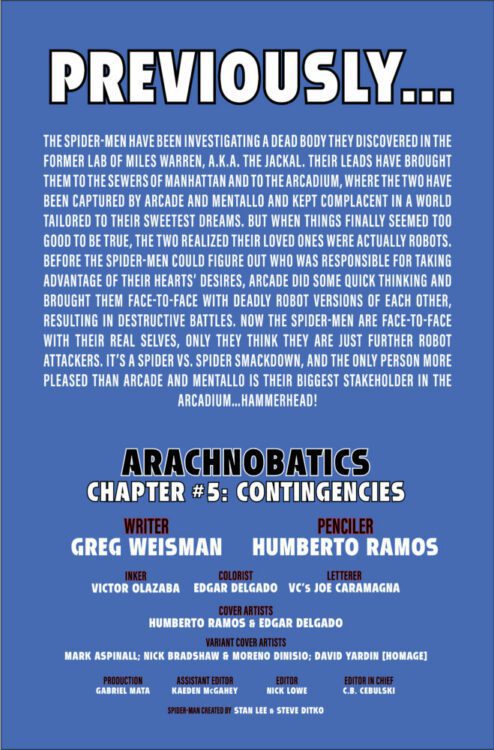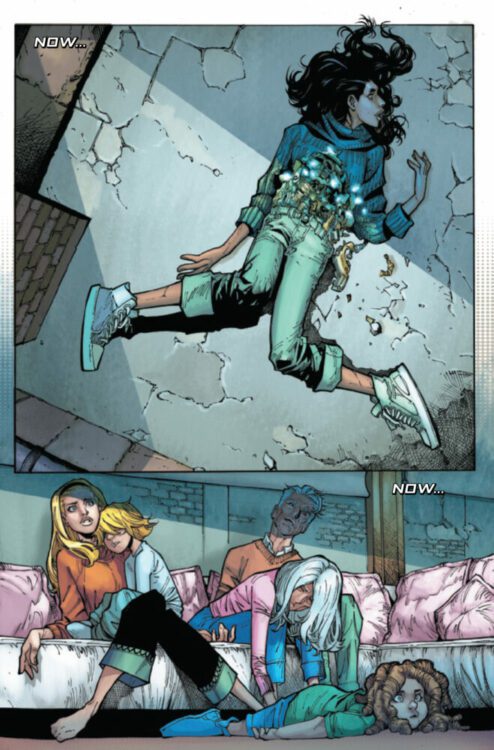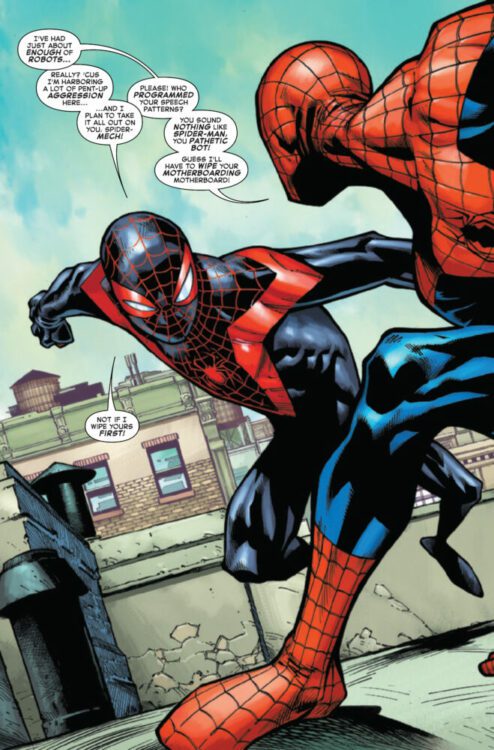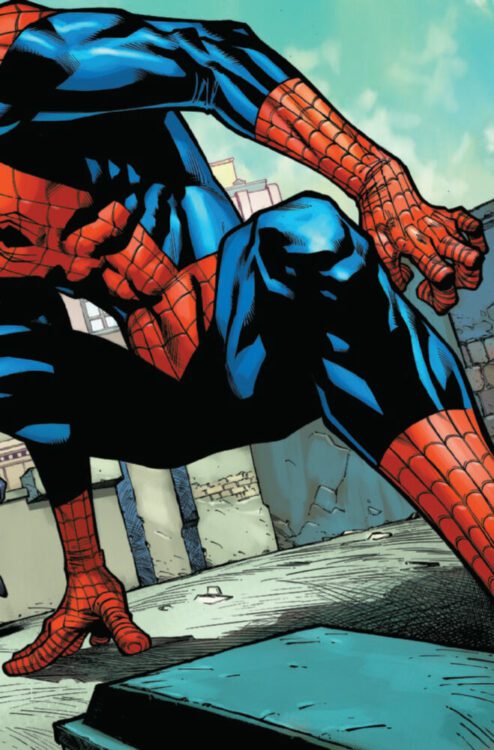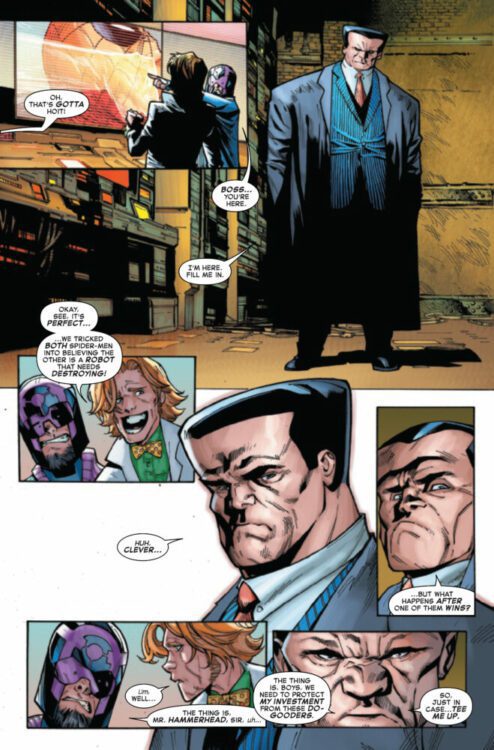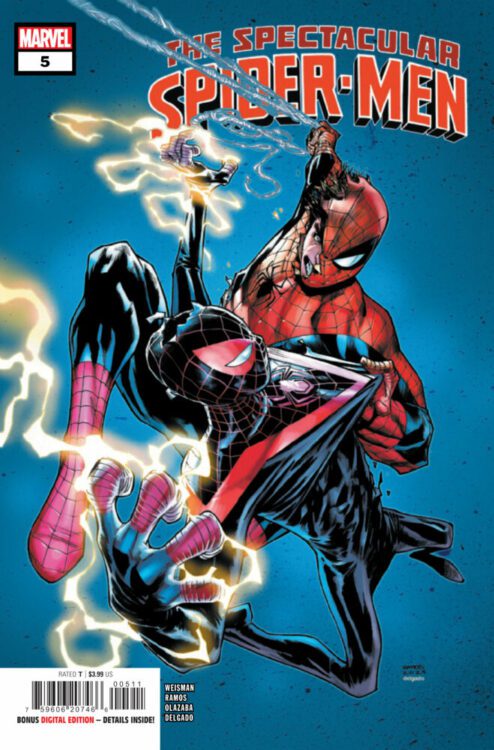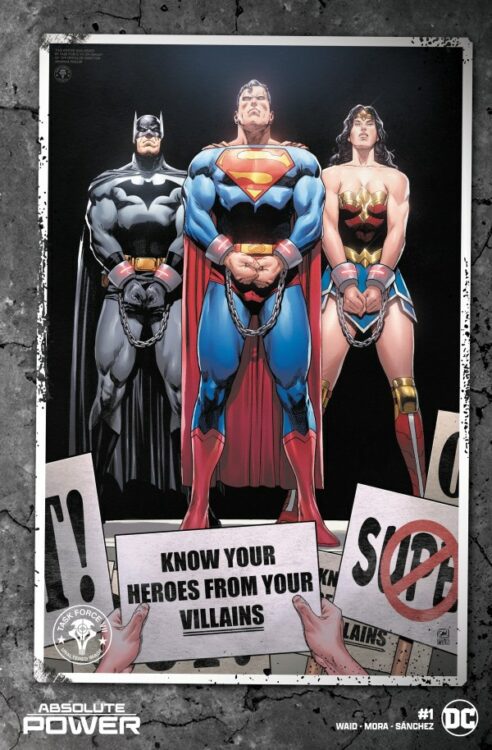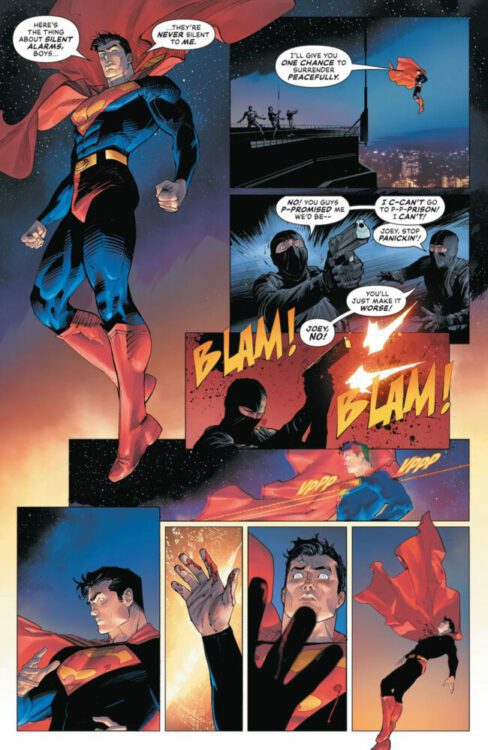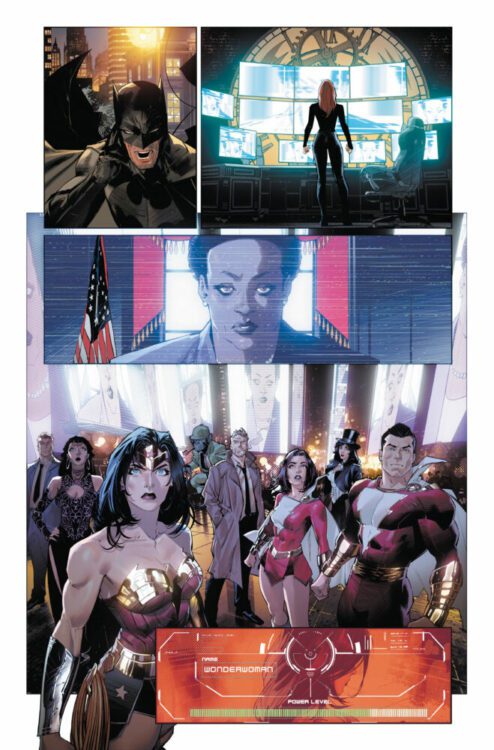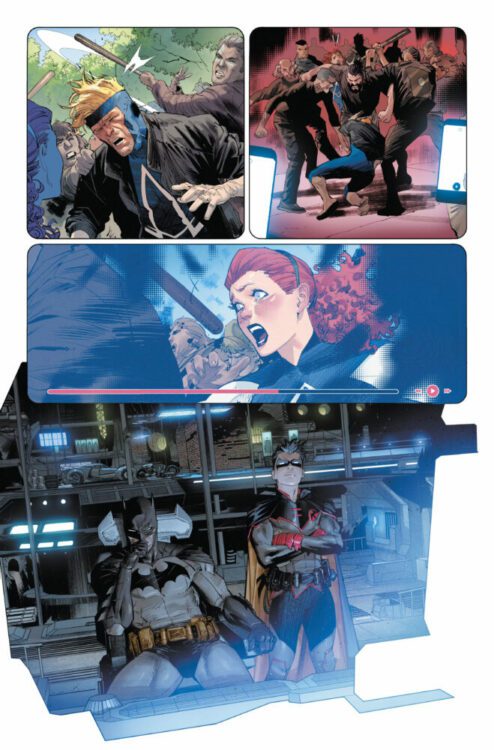Zatanna: Bring Down The House #2 is the second part of DC’s Black Label Zatanna story from writer Mariko Tamaki, artist/colorist Javier Rodríguez, and letterer Hassan Otsmane-Elhaou. All three of these creators work together to deliver a visually stunning story that also pulls at the heartstrings.
The issue starts with Zatanna following her father into the woods. He’s going to let her reverse the spell that she cast in the first issue, bringing back the bully that she made disappear. He blindfolds her, and then we’re brought back to the present day. Chaos ensues as the inside of Zatanna’s venue has become a battle colosseum for another magician and a demon. She helps where she can, but claims that she doesn’t know magic anymore. She saves a few people and the demon is dealt with, but then Zatanna and the other mysterious magician are taken to The Palace of the Casters, where she speaks to their leader and argues with them, continuing to deny that she has any magical capabilities.
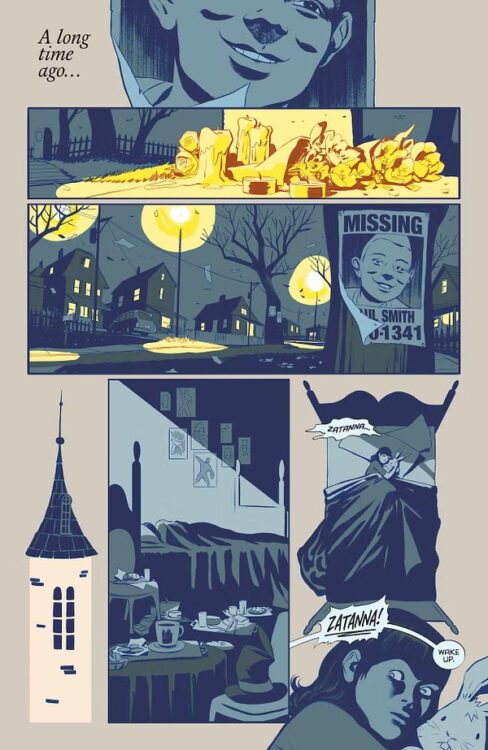
WRITING
Tamaki does a great job of handling Zatanna’s past trauma in this issue. Like the last issue, we’re not told the whole story at once. We get a flashback at the start, and then it circles back near the end of the issue. The remaining middle section is Zatanna’s adult life filling in some blanks. Tamaki writes Zatanna’s father almost as though he’s this mysterious, all-powerful being that we know nothing about and should fear. The flashback is told from Zatanna’s perspective, and so that’s exactly how she sees him.
Tamaki uses perspective well in this, but also doesn’t let that stop her from having Zatanna keep some secrets. For the most part, we know what the character knows. Because of the flashbacks, we feel invited into her psyche. Once they reach the Palace of the Casters though, that changes. We start to doubt her and really wonder if even she knows the whole story, or if she’s suppressed these traumatic memories. It’s really well done on Tamaki’s end, and is an excellent way of setting up a mystery within the character.
ART
Rodríguez makes this issue look absolutely stunning. The paneling of the issue is strong from the first page alone, with a panel of Zatanna’s room almost morphing into one laying in her bed. Rodríguez draws her father as this elusive being, having him radiate that energy visually that Tamaki has written into him. His movements are not normal, it’s like he’s one with the shadows. His entire face is never fully drawn either, only ever his eyes. An interesting thing is that you start to wonder if this is how Zatanna remembers this night, or if this is just how she remembers her father to be.
Rodríguez’s designs are also wonderful to look at. The second magician’s suit that she dawns against the demon is something almost reminiscent of his designs in his work on Defenders and Defenders: Beyond. Not only that, but the actual demon itself is bone chilling. It has multiple arms, long hair, long fingernails, a bony back, everything. Its cracked mask where the hair falls out of is especially unsettling. The design of the Palace also feels like something straight out of a sci-fi film. It’s a society of robed sorcerers, and statues resembling their leaders. A lot of work and detail went into this, and it shows with every panel.
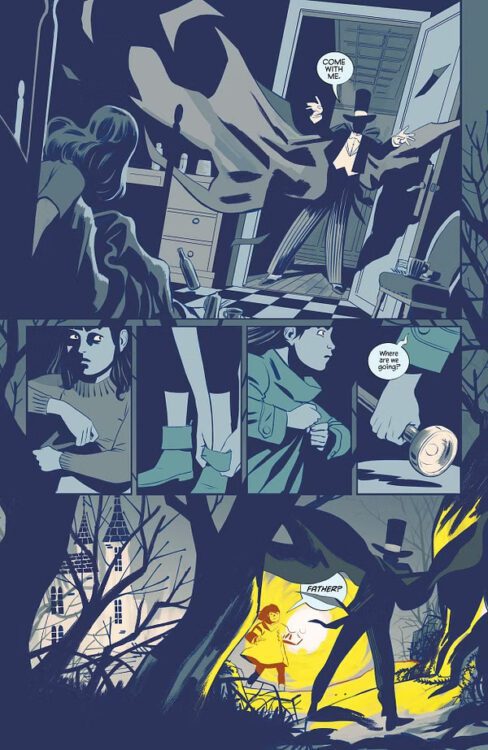
COLORS
Rodríguez colors his own work in this issue, and it’s gorgeous. From the beginning scene with Zatanna and her father in the woods, the only light is present comes from Zatanna’s flashlight. Her father seems to almost dodge it, and because of that he’s almost always completely shaded in. His only defining features are his clothing and his eyes, both detailed to provide a further sense of wonder and mystery. When her father is around, everything is dark and shrouded.
She tries to make a name for herself in the future, and the venue where she and the other magician fight the demon is incredibly colorful and vibrant, she leads a different life entirely from her father. When we enter the Palace, however, she feels like she’s dragged right back into the world of her father and a color scheme similar to that at the start of the issue is adopted. When she later leaves the Palace, her world is still vibrant, but some of the colors seem flatter. It’s like that that run-in with her father’s past has tainted who she is now, changing her. It’s a subtle yet effective touch.
LETTERS
Otsmane-Elhaou letters the issue and gets really clever and creative with it. Zatanna’s father’s words feel stern and they scare you. Most of his bubbles have emphasis, and when he yells at Zatanna, it’s almost like the bubble can hardly contain his words. At the end of the flashback, an unsettling noise is lettered near the bottom of the page, but it’s not quite all contained in the page. It carries over to the next, where it’s revealed that the noise the entire time was just two older women sipping away at their dranks. It enhances an already great transition.
Something else that’s interesting is when younger Zatanna says the magic word. As present Zatanna doesn’t remember what it is, it’s all shrouded, you can’t make out any of the word. Along with that, all of the signature Zatanna backwards speech in order to cast spells is really well done in this issue, with higher emphasis put on stronger spells. It must be a pain to put together, but Otsmane-Elhaou pulls it off.
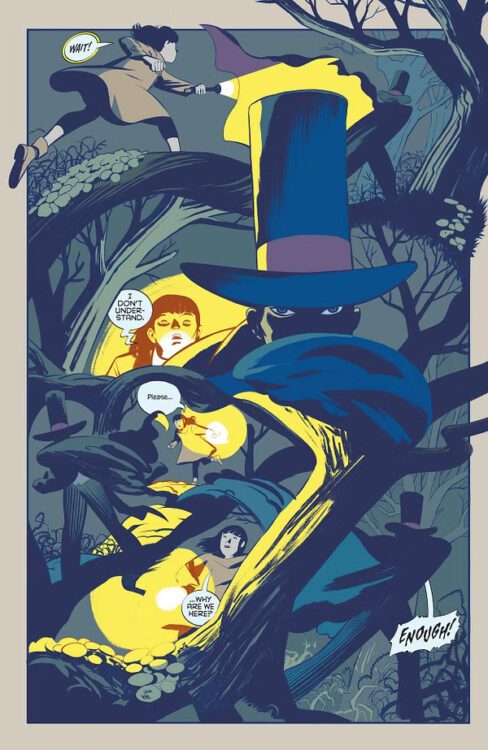
CONCLUSIONS
Altogether, this is a stellar issue. Every new aspect of it helps to bind together the others, and it’s an experience that’s sure to leave the reader content with it. Rodríguez both drawing and coloring the issue is a massive strength that shines, but also wouldn’t be possible without Tamaki’s clever writing. Otsmane-Elhaou provides the cherry on top with the powerful lettering that truly makes you feel the weight behind every word spoken. It’s a fantastic collaboration that keeps the mystery of Zatanna and her father going, and it does that in an immensely intriguing way.

